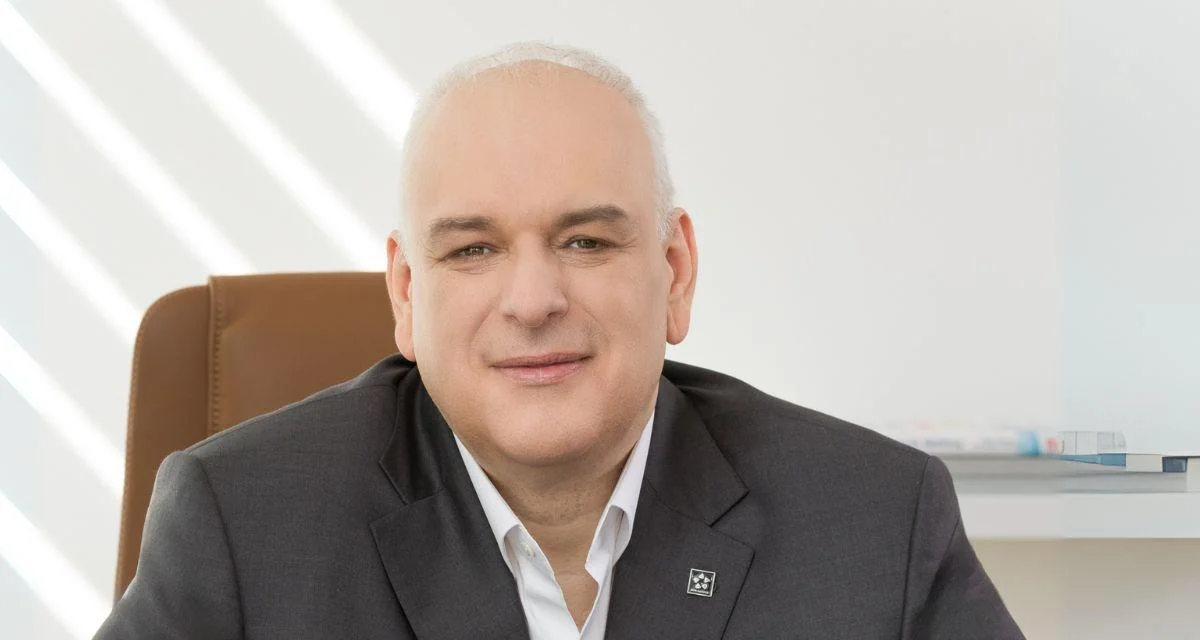Star Alliance describes its Paris CDG and Los Angeles lounges as representing “the ‘gold standard’ of global travel luxury.” The organization states that CDG’s lounge is designed to reflect Parisian elegance while also being a practical space for long-haul transfers; these factors contributed to its top position in the Skytrax rating. Overall, Star Alliance lounges stand for their elegance, cultural identity, and practicality.
SkyTeam refers to its Vancouver lounge as “a gateway to the Pacific,” focusing on sustainability and regional design. The alliance says that the West Coast vibe blends modern functionality with a natural environment where passengers enjoy craft drinks and open seating. To put it briefly, SkyTeam lounges can provide travelers with local immersion and eco-conscious design.
Oneworld notes that its ICN lounge demonstrates a commitment to international consistency with regional authenticity: “It highlights Korean hospitality while ensuring passengers from across the globe feel equally welcomed.” This dual mission reflects Oneworld’s emphasis on service. All their lounges are hospitality-driven and provide some sort of cultural integration.
Key factors influencing rankings include food quality featuring regional cuisine options; wellness features such as spa services or nap areas; reliable technology including fast Wi-Fi and charging stations; local design touches; and sustainable materials or waste reduction efforts. Lounges like Star Alliance’s CDG facility are praised for French culinary offerings alongside wellness spaces and advanced aesthetics. Similarly, SkyTeam’s YVR site incorporates Pacific Northwest themes through food partnerships while providing views of nearby mountains from floor-to-ceiling windows.
Despite accolades for these top-ranked spaces—such as extensive seating with charging stations at CDG or runway terrace views at LAX—challenges remain. Peak hour crowding is common at both CDG and LAX locations; some reviewers report waiting for seats or experiencing delays in service during busy times. At YVR’s round-the-clock operation there are occasional complaints about reduced food variety outside peak periods or worn-out furniture reported by travelers online. ICN’s smaller size sometimes leads to longer waits for showers during busy flight connections.
Alliance-branded lounges must also manage consistency across multiple carriers while keeping access rules clear for passengers traveling on codeshare flights or mixed itineraries—a process that can create confusion compared to airline-specific facilities.
As demand grows for premium ground experiences resembling boutique hotels or private clubs rather than traditional airport waiting rooms, alliances will need continued innovation in technology integration and passenger comfort if they wish to maintain their competitive edge.
Looking ahead into future years beyond 2025, industry trends suggest even greater focus on sustainability initiatives alongside expanded wellness services and stronger expressions of local culture within airport environments worldwide.
 Alerts Sign-up
Alerts Sign-up




































